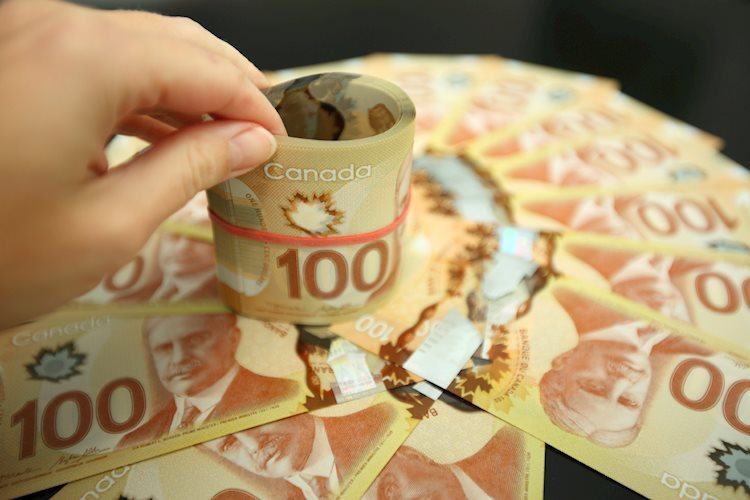By Enrique Diaz – Alvarez*
Last week was a fitting end to a brutal first half of the year for risk assets in general. Recession fears are now driving currency markets more than central bank policies or interest rate differentials, and the dollar appears to be benefiting from this. So last week, as stocks tumbled and government bond yields hit record lows, the dollar rallied against all of its major rivals except the Swiss franc and the Japanese yen, as the latter appeared to be trying to recover its status as a safe haven. Emerging market currencies fell against the dollar but mostly held up against European currencies as cheap valuations and huge interest rate differentials in their favor appeared to entice at least some investors.
Recession fears have intensified, unwarrantedly in our view. This makes the release of US employment data one of the “keys” for markets this week. We expect another strong announcement, with job creation numbers moving up, unemployment at historic lows and healthy increases in nominal wages, which should go some way to allaying fears. In addition, the minutes of the latest Federal Reserve and ECB meetings will be released this week, which should shed light on the dilemma central bankers face between containing inflation and the risk of a sharp economic slowdown.
Sterling
Most economic data from the UK last week came out largely as expected, with one glaring and worrying exception: the current account deficit, which surprised downwards and is now in high single digits as a percentage of GDP . Of course, these figures are overshadowed by the huge rise in energy prices, of which the UK is an importer, and this is a key indicator to watch. There is no major news this week, meaning sterling will likely be affected by developments elsewhere. However, some speeches from Bank of England officials are also expected.
Euro
While inflation in the US is showing some signs of peaking, this is not yet the case in the Eurozone, partly due to a greater impact from energy prices and partly due to the general lagging of economic data in the region. The modest relief seen in the structural index last week was entirely due to emergency administrative measures in Germany, while double-digit inflation in Spain surprised unpleasantly. In more positive news, although it didn’t get the attention it deserved, the unemployment rate fell to a new record low. With a 25 basis point hike almost certain at the European Central Bank’s next meeting, and a 50 basis point hike the next, we believe that a lot of bad news is being priced into the common currency at current levels, and that there is room for a significant recovery if and once the risk assets stabilize.
US dollar
There were some encouraging signs last week that US inflation, while still not abating, has at least stopped rising. The key measure of the personal consumption expenditures (PCE) price index was lower than expected, and appears to have stabilized at an annual level of around 4%, which remains above tolerance but well below headline inflation. Now that the prices of food and energy commodities have stopped rising and in some cases are falling, we could see lower inflation in the coming months. Right now, we think the US Federal Reserve is unlikely to raise interest rates by another 75 basis points, which is seen as moderately bullish for the euro and risk assets in general.
Source: Capital
I am Sophia william, author of World Stock Market. I have a degree in journalism from the University of Missouri and I have worked as a reporter for several news websites. I have a passion for writing and informing people about the latest news and events happening in the world. I strive to be accurate and unbiased in my reporting, and I hope to provide readers with valuable information that they can use to make informed decisions.






